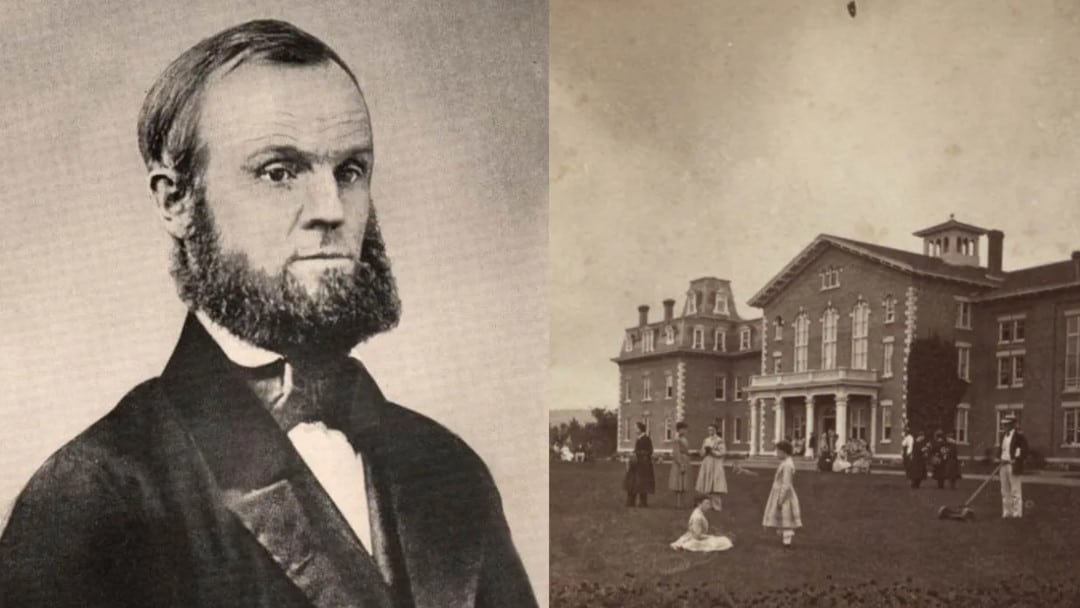"Let us go, brothers, go! To the Eden of heart-love, Where the fruits of life grow, And no death e’er can part love!"

While those words might sound like an anthem from Woodstock 1969, they are instead a call to action written in the 1860s by the unshakable John Humphrey Noyes, leader of the Oneida Community religious commune. Made in Noyes's vision of utopia, the Oneida Community compound in New York was a place for believers to "be free of sin and perfect in this world."
Oh, and it was also a place where everyone had a tremendous amount of sex, with anyone—and everyone—at any time. Because that was part of Noyes' vision too.
John Humphrey Noyes, Religious Leader And 'Perfectionist'
Born in 1811, John Humphrey Noyes announced to the world that he had committed himself to living a religious life while he was still a teenager, forgoing his parents suggestion of career in law, for his own deep love of the church. Noyes studied religion at Andover Theological Seminary, and later transferred to Yale University.
While in school, he developed unique religious views about perfectionism, which is the belief that a person can become free of sin through a combination of religious conversion and sheer willpower. And sex. But that part came later.
The Oneida Community Home Building
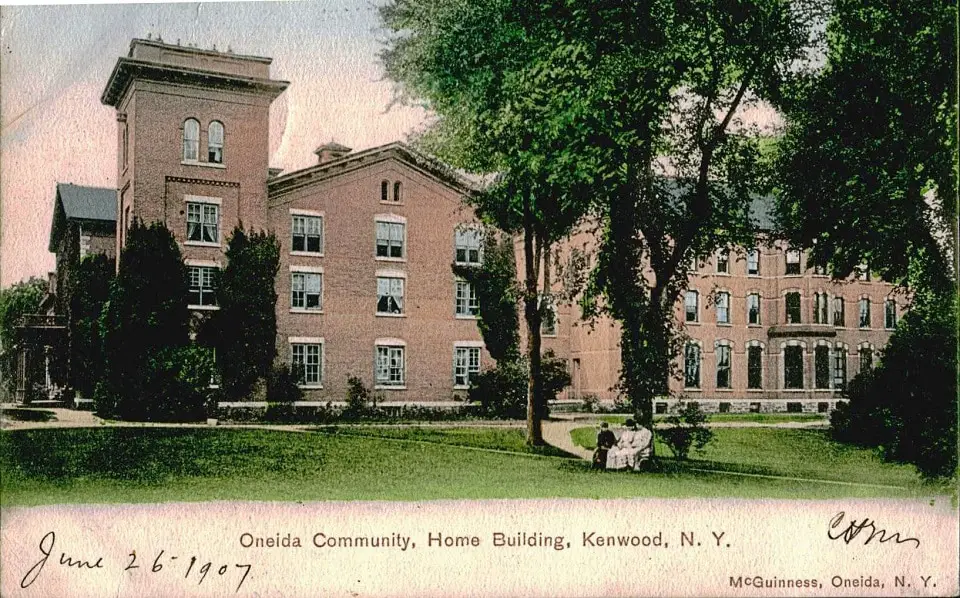
Noyes believed that he had already achieved a "perfect" state through his personal relationship with God and boldly shared this achievement with his friends and professors at Yale. He also claimed to have discovered, through his own "private" research, that Christ had already had a second coming in 70 A.D., which meant—in Noyes interpretation—that the world was now living in a "new age."
Alarmed by Noyes heretical views and his outspoken nature, in 1834, Yale suggested that he pack his bags and head back to live with his folks. But Noyes wasn't quite ready to go home, yet.
Oneida Community Limited Board, 1907

Noyes spent some time wandering the streets of New York City, where, with stalker-like skill, he observed many different expressions of physical and emotional love. His religious views seemed to align with his personal observations, adapting over time to his own needs at any particular stage in his life.
When Noyes finally did return to his parents home, he had a clear vision for a community he wanted to create—a place where practicing "free love" would lead to paradise on Earth. The problem was he needed some people to practice with.
The Oneida 'Family' At Dinner
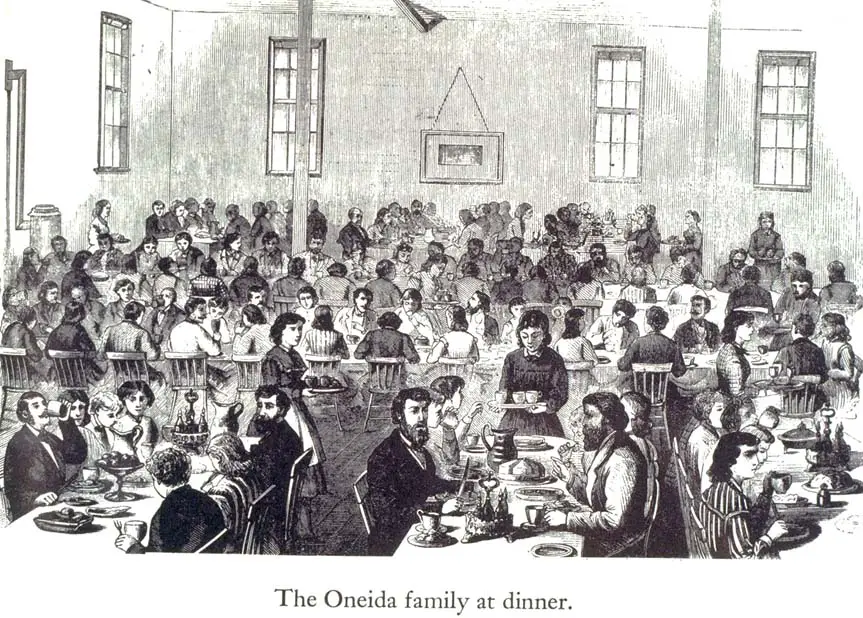
Noyes was a 27-year-old virgin when he finally convinced a woman, Harriet Holton, to marry him in 1838. Sadly the couple suffered a series of five pregnancy losses in the next few years. They eventually did go on to have one child together, but by the mid-1840s, Noyes was unhappy with his wife and disenchanted with marriage as a whole. He still felt certain there was a better way to live and practice sex, a way to use his sexual organs to bring him closer to God.
Sewing Circle During the 1860s
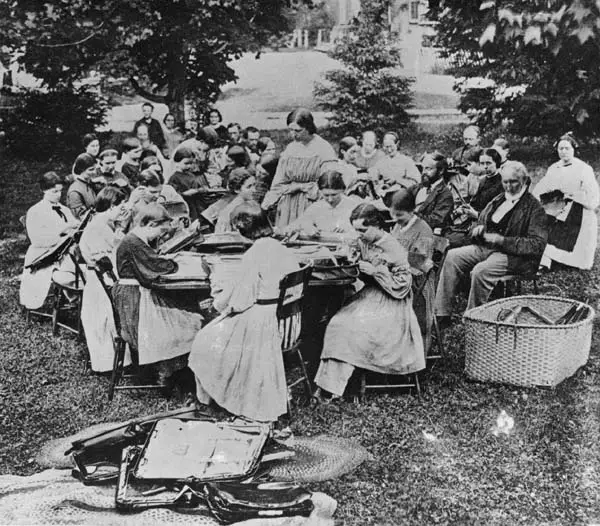
Despite the strangeness of his views, by the late 1840s, Noyes was able to find some like-minded people that were willing to join him in forming a private, rather exclusive, community. When the group of followers swelled to nearly 90 people, Noyes decided it was time for them to all live together—so they could live forever. Everyone in the group packed up their belongings in 1848 and moved to Oneida, New York to carry out Noyes perfect Utopian vision.
'The Dwellings,' Taken June 25, 1863
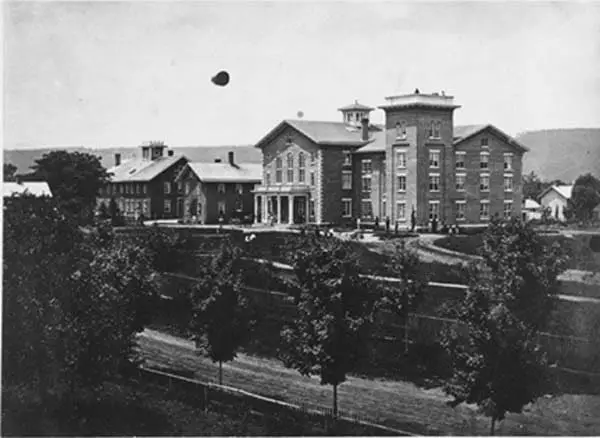
The Oneida Community, as they came to be known, all lived together in one central, 93,000 square foot dwelling on the sprawling New York property. The building became known as "the Mansion House," and the members of the community all engaged in the practice of "communalism"; under Noyes's watchful gaze, each member of the group shared their possessions and property with everyone else.
A 'Lawn-Clearing Bee'
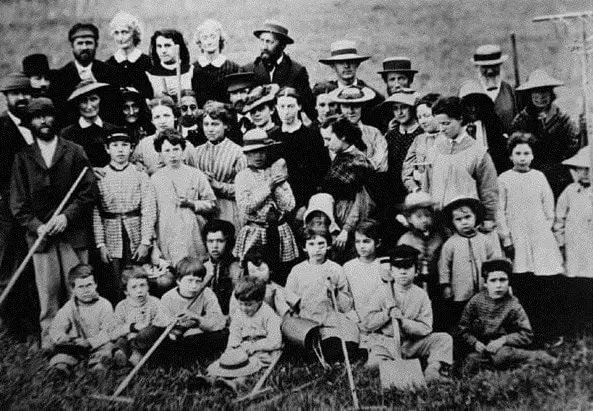
The entire group worked together also. Children were raised in a separate "Children's house," away from their parents, freeing mothers and fathers to do community work. At first, the Oneida members farmed the land to survive, but as the community became more successful and complex, they began to manufacture goods to sell. In the 1850s and 1860s, the Oneida Community was well known for the steel animal traps they made, but later, they would be renowned worldwide for their high quality silverware—silverware that is still manufactured today.
At the heart of the Oneida Community, however, were their unique sexual practices. Noyes coined the phrase "free love" long before the hippies of the 1960s put it into practice, and on his compound, men and women engaged in the practice of "complex marriage." Which was, just as it sounds: rather complex and sometimes downright crazy.
Complex Marriage: A Free For All
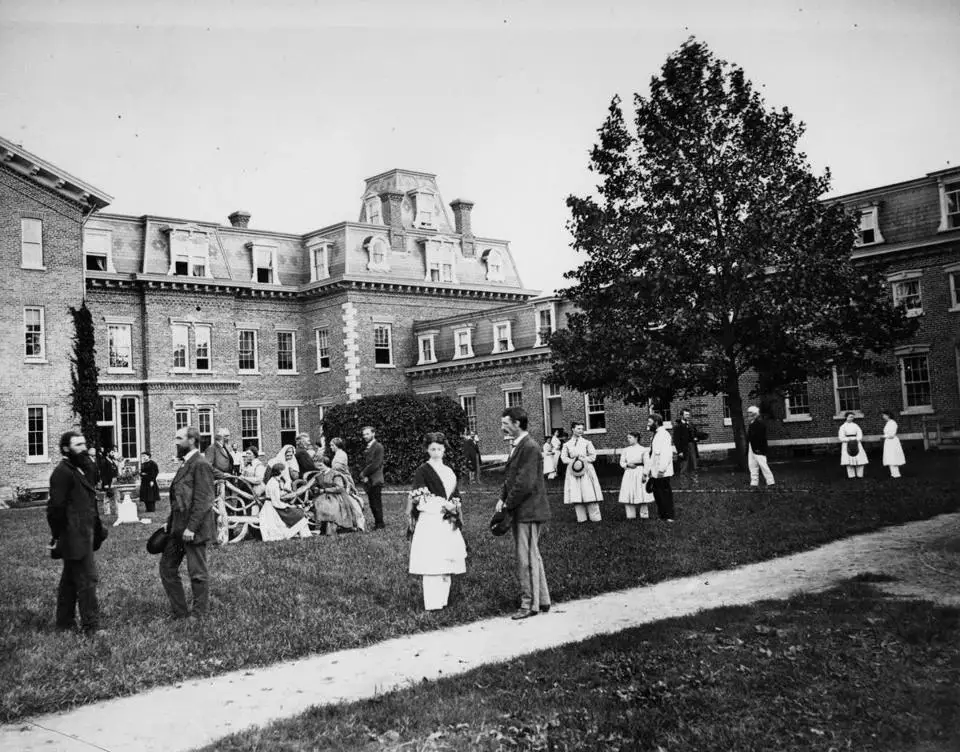
All members of the Oneida Community were encouraged to have sex with anyone else of their choosing, at any time. Frequent sex was the best way, according to Noyes, to attain perfectionism. Noyes, who had deemed himself "perfect" already, had also deemed himself the expert on the subject. The energy that was created in the community by the abundance of sexual activity, was to bring each of the members eternal life. He jubilantly told his followers that engaging in these practices was God's will—as translated by Noyes.
An Afternoon of Croquet And Then Lots Of Sex

Lest you think the arrangement was a veritable free-for-all, there were a few "sex rules" that had to be practiced, as dictated by—you guessed it—John Humphrey Noyes. Men in the community were expected to engage in coitus reservatus, or, as Noyes liked to call it, "male continence." Noyes thought that male ejaculation would "drain vitality" for men and cause them to become diseased. Men were told to refrain from ejaculation during intercourse for this reason, and also prevent pregnancy and increase pleasure for their female partners. This was a very progressive notion, addressing the idea that women had sexual rights in the mid-19th century, indeed.
Just When You Think It Couldn't Get Any Stranger...
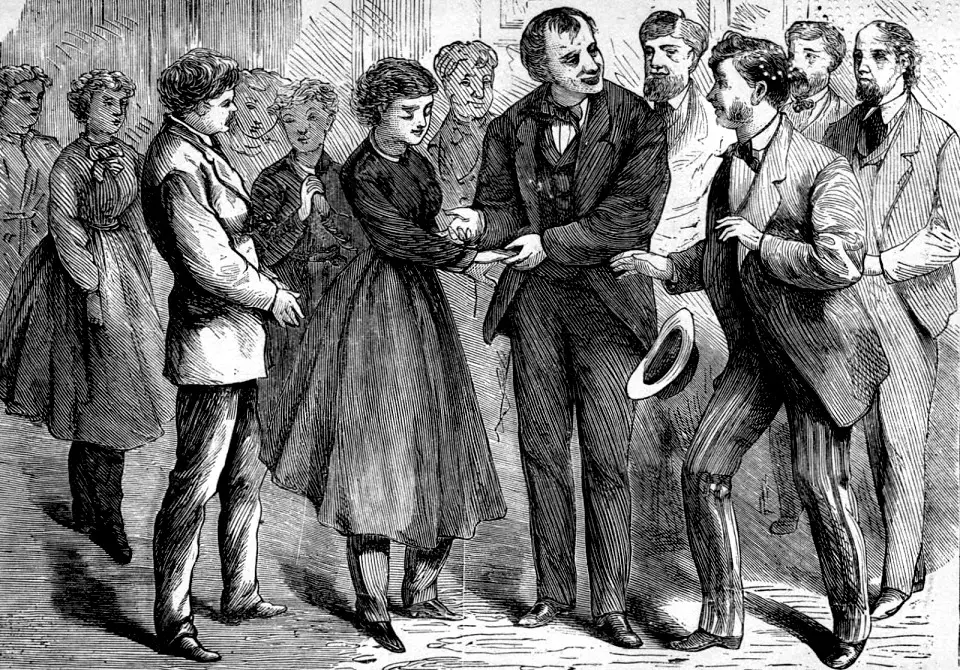
While Noyes was an advocate for women's equality (he also encouraged females to explore the business and leadership roles of community life), he had some pretty weird views on how to "introduce" sex to the younger generation. While men and women of an average reproductive age were allowed to choose who to fornicate with, young teenagers were often assigned older "love partners," who were often in their 50s and 60s, to teach them the ways of sex. Noyes, for his part, somehow always assigned himself the 12 and 13-year-old girls to "help" guide them in this way.
Oneida Stirpiculture, Pictured In 1892
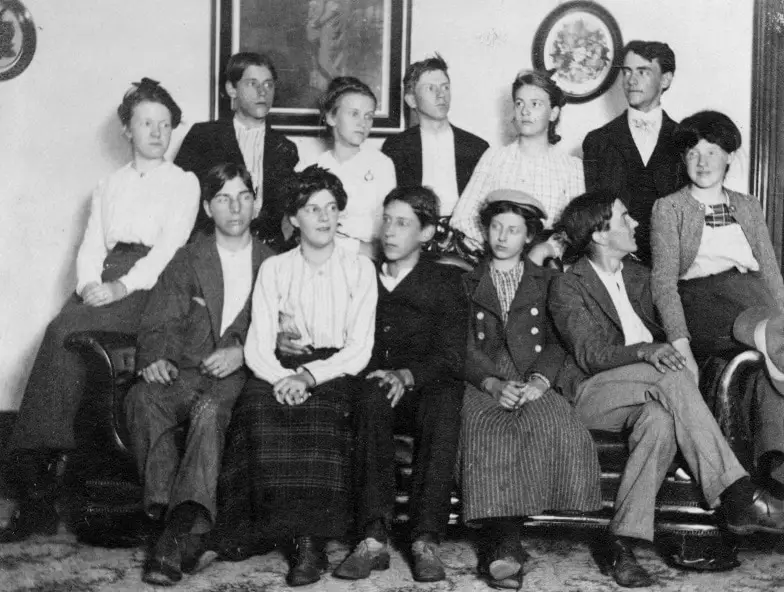
By the late 1860s, a problem in Noyes's perfect plan began to emerge. Even though everyone in the community was engaging in the requisite amount of sex—people were still dying. It seemed possible that Noyes's suggestion that "free love" would lead to eternal life was flawed. But Noyes had another angle still to explore: eugenics.
He convinced the community to entertain the idea that engineering the "perfect person" through "stirpiculture," or selective breeding, would create the type of humans that could live forever. Over 80 of the community's members agreed to be paired with a carefully selected mate. Anxious to make sure he, too, was doing his part—Noyes graciously agreed to participate in the experiment. Of the 58 perfectly engineered children, known as the"Stirpicults," were born in the early 1870s; nine of them were fathered by Noyes.
The Beginning Of The End
By the late 1870s, the community began to fall apart. Judgement from the outside world infiltrated the idyllic space of Oneida and the younger generation of the community was unwilling to adopt some of Noyes more outlandish practices. The silverware making business, however, was beginning to take off, even as families began to leave the community in droves. Noyes could only watch with concern, presumably, over the imperfection of their souls.
Oneida Community Silver, A Lasting Link
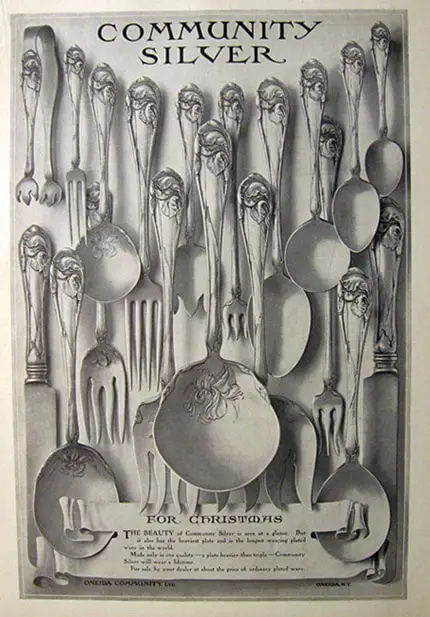
In 1879, because of pressures from the outside world to address the "immoral" practices of the Oneida Community, John Humphrey Noyes learned that he would soon be charged with the crime of statutory rape for his relationships with young women in the house. Noyes fled from the United States, leaving his community and the country for good.
The group then disbanded completely over the next two years, though many of the remaining members formed a joint stock company, working to continue making their successful brand of silverware.
John Humphrey Noyes—And His Legacy Of Forks
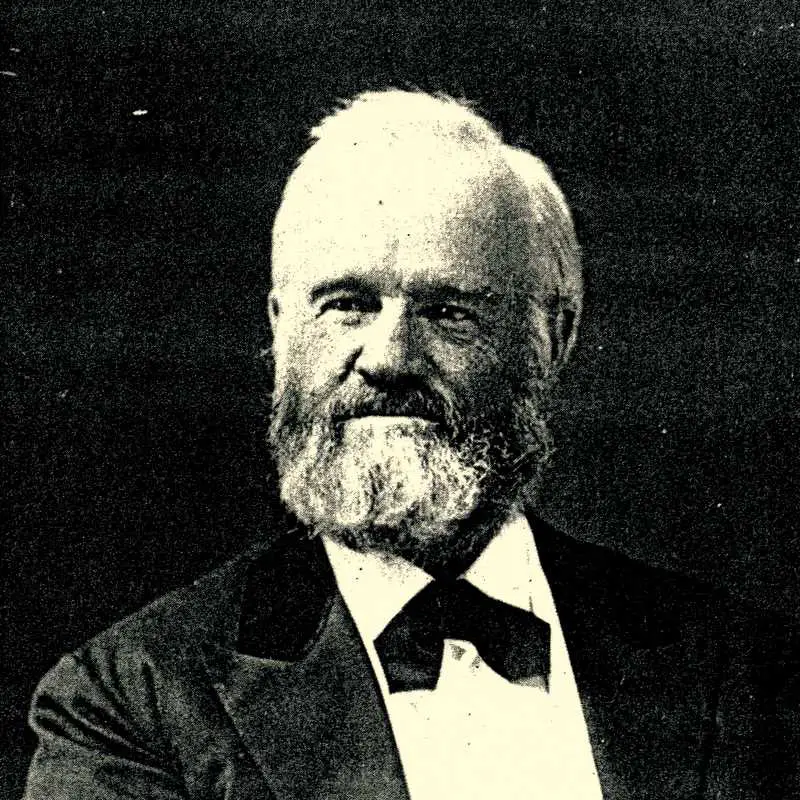
Oneida Community Limited, the silverware company that formed out of Noyes perfect community, is now one of the largest manufacturers of flatware in the world -- currently branded as Oneida Limited.
The next time you pick up a silver fork—will you think of the long, twisted legacy of John Humphrey Noyes?
 |
 It's All Fucked Shirt $22.14 |
 |

